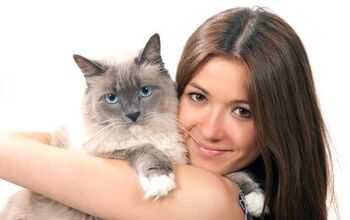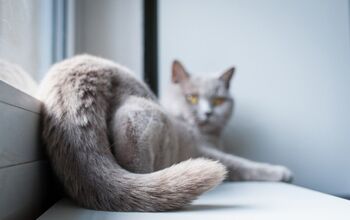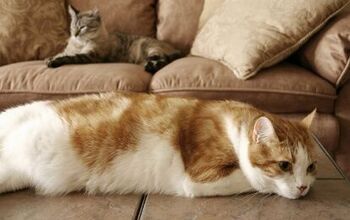What Your Cat’s Tail Is Trying to Tell You

Cats might not bark, beg, or break into full-body wiggles like their canine counterparts—but don’t be fooled.
Just because they’re quiet doesn’t mean they’re not communicating. In fact, cats are constantly sending messages—you just need to know where to look.
And one of the most expressive tools in your cat’s emotional toolkit? Their tails.
That slow swish, sudden flick, or question-mark curl isn’t random—it’s body language at its finest. Your cat’s tail acts like a little emotional antenna, broadcasting signals about their mood, their focus, and whether or not you should risk petting that belly.
Whether you’re a lifelong cat parent or new to the world of feline mysteries, understanding tail talk can deepen your bond and help you avoid some unexpected scratches (or side-eye).
So, what exactly is your cat trying to say with their tail?
Let’s break it down.
Table of contents
1. Tail Held High With a Hooked Tip
This is a feline hello! When your cat approaches with their tail straight up and the end curled like a question mark, they’re in a friendly, curious mood. This is a classic sign of a happy, social kitty.
2. Gently Swaying Tail
If your cat is lounging but their tail is swaying slowly side to side, they’re likely relaxed but alert. They’re watching the world—maybe plotting. Probably judging.
3. Flicking or Thumping Tail
Watch out—this means your cat is irritated or overstimulated. If you’re mid-petting session and the tail starts flicking rapidly? That’s a warning. Step away from the belly.
4. Puffed-Up Tail
Ever seen your cat turn into a Halloween decoration? A poofy tail usually means fear, surprise, or a defensive reaction. It’s your cat’s way of saying, “I’m big! I’m scary! (Also, please don’t touch me.)”
5. Tail Wrapped Around You (or Another Cat)
That’s not just a tail—it’s a hug. Cats will sometimes wrap their tails around people or other animals they like. It’s subtle, sweet, and deeply affectionate.
The Tail Truth
Tail movement isn’t one-size-fits-all. You need to read the whole cat—eyes, ears, posture, even their meow (or lack of one). But once you tune in, your cat’s tail becomes one of the clearest clues to what they’re really feeling.
So next time your feline roommate starts flicking, curling, or puffing that tail? You’ll know exactly what kind of mood they’re in—and whether it’s safe to keep petting them.

I’m Rachel Bennett, an animal enthusiast living in the UK. I share tips, stories, and advice about pets and wildlife. Love connecting with fellow animal lovers and learning something new every day!
More by Rachel Bennett



























